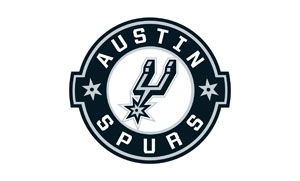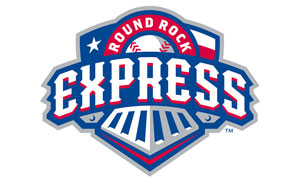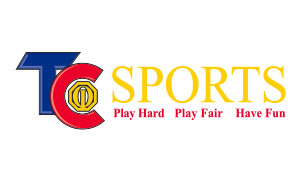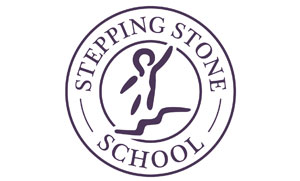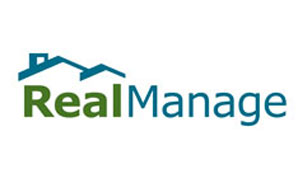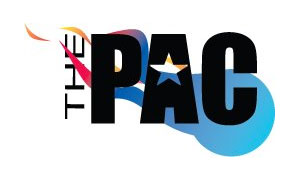Laying the Foundation
Once we’ve worked through the details—court size, fencing, lighting, and any necessary retaining walls—it’s time to prep the site. For this particular project, we had a four-foot elevation difference from one side of the court to the other, requiring a cut and fill approach to level the space.
One of the biggest mistakes we see with DIY courts is improper slope management. Courts need just the right amount of slope—enough for water drainage but not enough to affect play. For this build, we’re running a 30-foot slope with a ½-inch drop every 10 feet, creating a seamless playing surface while ensuring proper water runoff.
Site Inspection & Access
Before any construction begins, we evaluate the terrain and accessibility. Is the site flat? How will heavy equipment get in? Will fencing need to be removed for access? Homeowners with pools may already be familiar with this process, but for first-time builders, it’s worth considering how construction will impact your property.
In this case, we identified a low spot that could collect water. Our solution? Either reshaping the terrain or installing a drainage system with a PVC pipe to guide water away from the court.
Popular Court Sizes & Setup
A 30′ x 60′ court (1,800 square feet) is one of the most common setups, allowing for a full half-court basketball layout and a regulation 20′ x 44′ pickleball court. Here’s how we structured this one:
- Basketball hoop at the center of the 60-foot side.
- Lighting positioned on the opposite side for optimal visibility.
- Net system running between the basketball pole and the light pole, fully adjustable for pickleball, badminton, and volleyball.
- Fencing on both 30-foot sides and extending 20 feet along the 60-foot sides to keep the ball in play.
For fencing, we install PVC sleeves, making the system removable, adjustable, and durable over time.
Concrete, Drainage & Structural Support
A solid foundation is critical to longevity. This court includes:
- Standard rebar reinforcement to prevent shifting and cracking.
- A turndown beam on the low side to support the elevated slab.
- Steps and drainage solutions to address changes in water flow post-construction.
Any major construction project changes how water moves across your property. We plan ahead by incorporating proper drainage so your court doesn’t turn into a puddle every time it rains.
Timeline: How Long Does It Take?
- Site Prep: 3-4 days
- Concrete Pour: 1 day
- Components (hoop, net, fencing, lighting): 1-2 days
- Tile Installation & Line Painting: 1-2 days
- Final Curing Time: 48 hours before play
Court Surfacing Options
For this project, SportGame Pickleball tile was the surface of choice. It provides:
- Better shock absorption than raw concrete.
- A true bounce, comparable to an acrylic surface.
- Improved safety—a fall on tile is much more forgiving than one on concrete.
If opting for an acrylic court, we recommend post-tension concrete instead of rebar. Post-tensioning minimizes cracks, making it the best option when painting directly onto concrete.
Components & Customization
- Basketball System: A 72-inch backboard, the same size as a regulation indoor gym, with a crank system for height adjustment from 10 feet down to 7.5 feet.
- Lighting: We installed underground conduit so an electrician can easily wire the light where needed. Placement is fully customizable.
- Net System: Adjustable for pickleball, badminton, and volleyball. If you’re pickleball-focused, a portable net is an option, but the permanent system allows for multi-sport flexibility.
- Aprons (Extended Concrete Pads): Extra 4’ x 8’ sections off the main court to keep poles off the playing surface, create walkways, and add space for seating or storage.
Line Customization
- Primary lines: White for maximum visibility.
- Secondary lines: A neutral tone to avoid visual clutter.
- Logos: Custom branding available for a personal touch.
Too many lines can overwhelm the look of a court, so we work with customers to balance function and aesthetics.
Landscaping & Maintenance
Post-build, many homeowners add walkways, mulch, or stone around the court. Walking through dirt or mud to get to your court means constantly cleaning the surface, so adding a proper entrance path makes maintenance easier.
If the court does get dirty? A quick hose-down is all it takes. The tile is built for the elements and comes with a 15-year limited warranty.
Cost Breakdown
For a 1,800 sq. ft. court, expect to pay $25-$30 per square foot, depending on features:
- Basic court setup (no fencing, minimal components): Closer to $25 per sq. ft.
- More components (full fencing, lighting, retaining walls): Closer to $30 per sq. ft.
For this build—including fencing, a turndown beam, and premium components—the total cost was $54,000. More complex builds (steep slopes, major retaining walls) can increase costs.
Final Thoughts
Building a court isn’t just about laying concrete—it’s about creating a space that lasts for decades. At Sport Court Austin, we’ve been doing this since 1978, and our turnkey process ensures everything is done right, from slope grading to fencing installation.
If you’re considering a backyard court, we’d love to help design the perfect setup for your space. Let’s get you and your family outside, moving, and making memories.


